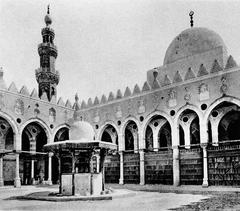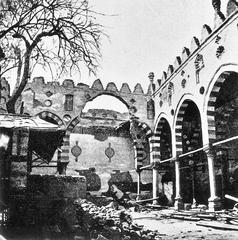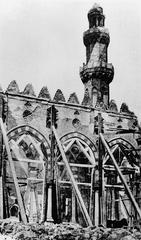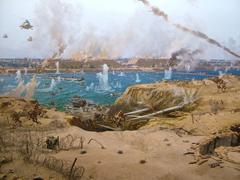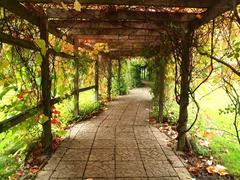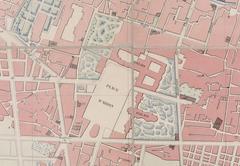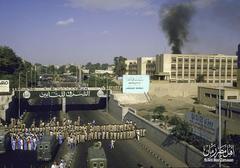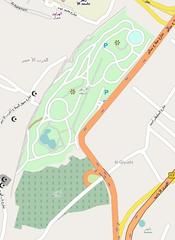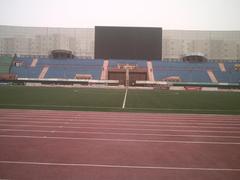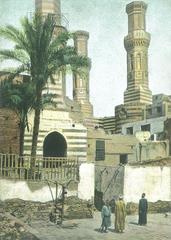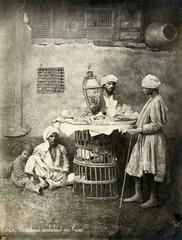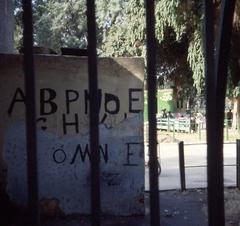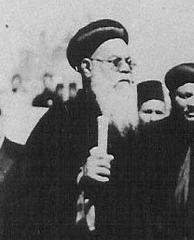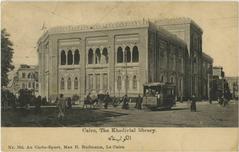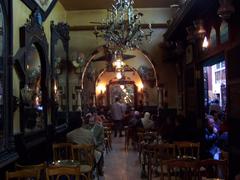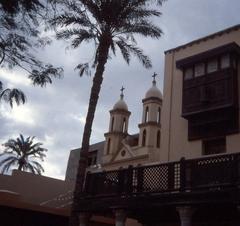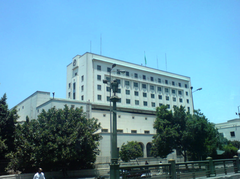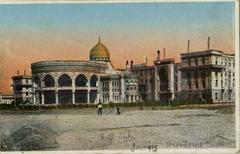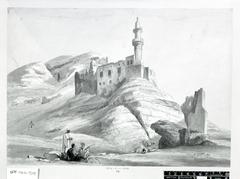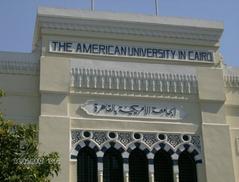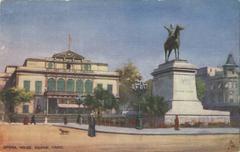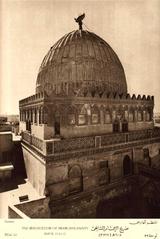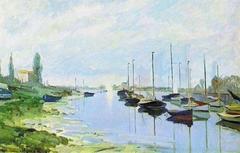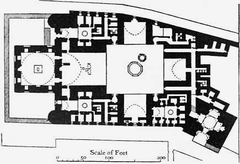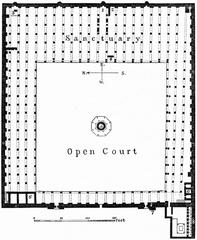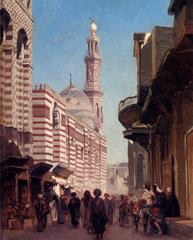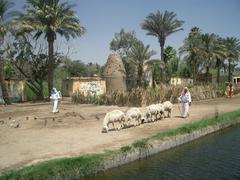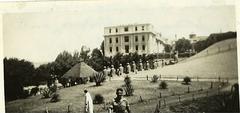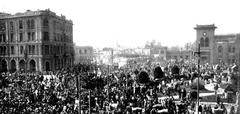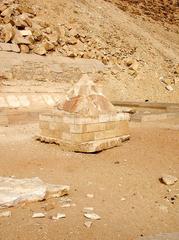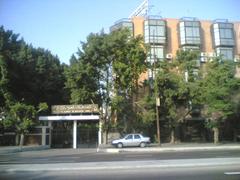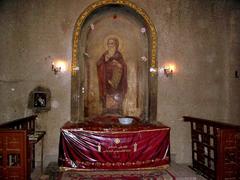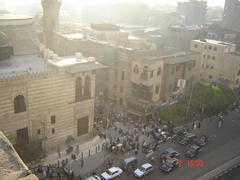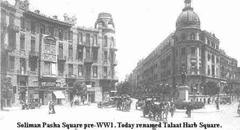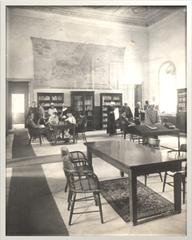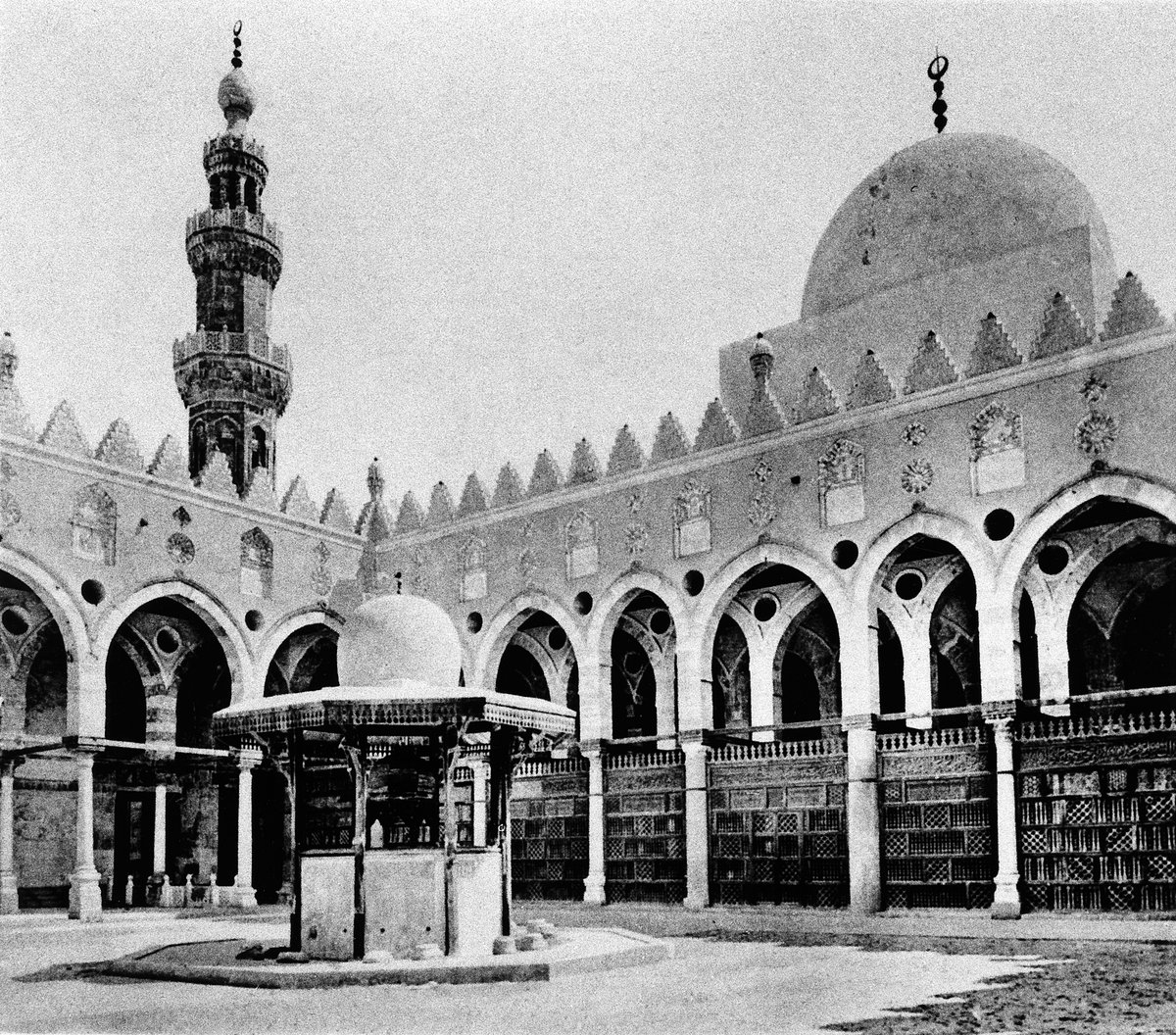
Mosque of Amir Al-Maridani: Visiting Hours, Tickets, and Historical Significance in Cairo
Date: 14/06/2025
Introduction
The Mosque of Amir al-Maridani is a masterwork of Mamluk architecture, located in Cairo’s historic Darb al-Ahmar district. Built between 1338 and 1340 CE, this mosque is celebrated for its pioneering design, spiritual ambiance, and enduring cultural legacy. For travelers, history enthusiasts, and architecture lovers, the mosque offers a serene retreat amid Cairo’s bustling urban landscape and a rare window into the city’s medieval heritage (AssignmentPoint; Archnet).
Table of Contents
- Introduction
- Historical Background
- Visitor Information
- Practical Travel Tips and Nearby Attractions
- Frequently Asked Questions (FAQ)
- Conclusion
- References
Historical Background
Origins and Patronage
Commissioned by Amir Altinbugha al-Maridani, a powerful Mamluk emir and son-in-law to Sultan al-Nasir Muhammad, the mosque was intended as both a religious sanctuary and a statement of political prestige. Al-Maridani’s prominent court status enabled him to channel significant resources into its construction, with the project overseen by the chief royal architect, Mu’allim ibn Al-Suyufi (AssignmentPoint; Archnet; Aldarbalahmar).
Urban Context and Site Selection
The mosque occupies a strategic site on Bab al-Wazir Street in Darb al-Ahmar, an area that was transitioning from a cemetery to a central urban district in the 14th century. This location connected the Citadel to the core of Islamic Cairo, marking it as an important ceremonial and religious thoroughfare (AKDN; Wikipedia). To secure the land, al-Maridani acquired and demolished existing houses, adapting the mosque’s plan to the constraints of the surrounding street grid.
Construction and Innovations
Built between 1338 and 1340 CE, the mosque’s design exemplifies Mamluk innovation. Its hypostyle plan features an open courtyard (sahn) surrounded by arcades (riwaqs), with the qibla riwaq distinguished by four rows of arches. The most notable architectural breakthrough is the mosque’s minaret—the first fully octagonal minaret in Cairo—which became a model for later Mamluk monuments (Aga Khan Trust for Culture; Trek Zone).
Other distinctive features include the use of repurposed Pharaonic granite columns, an elegant dome above the mihrab, and a harmonious blend of Islamic, Roman, Christian, and Ottoman decorative elements (ETB Tours Egypt).
Decoration and Artistic Flourishes
At its completion, the mosque was renowned for its lavish ornamentation. The mihrab is adorned with colored marble, mother-of-pearl inlay, and geometric tracery; ceilings are painted and gilded; and mashrabiya screens, stained glass windows, and carved wooden elements enhance the interior’s luminous beauty (AssignmentPoint; Egypt Planners; Aldarbalahmar).
Visitor Information
Visiting Hours
The Mosque of Amir al-Maridani is open daily from 9:00 AM to 5:00 PM. Visiting hours may change during religious holidays or for maintenance, so it is advisable to confirm in advance (AssignmentPoint; Aga Khan Trust for Culture).
Tickets and Admission
Entry to the mosque is free for all visitors. Donations are gratefully accepted to support ongoing conservation and maintenance. Guided tours, which provide deeper historical and architectural insights, can be arranged through local tour operators or cultural organizations for a fee.
Accessibility
The main courtyard and prayer hall are generally accessible, though some areas may be challenging due to uneven stone flooring and steps inherent to the historic structure. Comfortable footwear and modest attire are recommended.
Guided Tours and Special Events
Expert-guided tours are available by advance booking, offering context on the mosque’s significance and design. The mosque occasionally hosts cultural events and religious celebrations; check with local heritage organizations or the Aga Khan Trust for Culture for updates.
Practical Travel Tips and Nearby Attractions
- Best Time to Visit: Early mornings and late afternoons offer pleasant temperatures and ideal lighting for photography.
- Getting There: The mosque is located on Bab al-Wazir Street, accessible by taxi or public transport from central Cairo. The nearest metro station is Ataba, followed by a short taxi ride or a 20-minute walk.
- Dress Code: Modest clothing is required; shoes must be removed before entering prayer halls.
- Local Amenities: While facilities are limited at the mosque, the surrounding Darb al-Ahmar neighborhood features traditional cafes and shops.
- Nearby Attractions: Don’t miss nearby landmarks such as the Mosque of Sultan Hassan, Al-Azhar Mosque, the Citadel of Saladin, Bab Zuweila, and the Aqsunqur (Blue) Mosque.
Frequently Asked Questions (FAQ)
Q: What are the Mosque of Amir al-Maridani’s visiting hours?
A: Daily from 9:00 AM to 5:00 PM, subject to change during holidays.
Q: Is there an admission fee?
A: No, entry is free. Donations are welcome.
Q: Are guided tours available?
A: Yes, through local tour operators or cultural organizations.
Q: Is the mosque accessible to visitors with disabilities?
A: Main areas are accessible, but historic features may pose challenges.
Q: Can I take photographs inside?
A: Yes, but please avoid flash and be respectful during prayers.
Q: What is the best time to visit?
A: Early morning or late afternoon, especially outside of Fridays.
Restoration and Preservation
The mosque has benefited from several significant restoration projects, most recently a comprehensive rehabilitation led by the Aga Khan Trust for Culture with EU funding, completed in 2021. These efforts have preserved key architectural elements and revived local craftsmanship, ensuring the mosque’s continued role as a community and cultural landmark (Aga Khan Trust for Culture).
Visual and Interactive Elements
Alt text: Exterior view of Mosque of Amir al-Maridani showcasing its intricate stone facade and octagonal minaret.
Alt text: Interior prayer hall with marble columns, stained glass windows, and ornate mihrab.
Conclusion
The Mosque of Amir al-Maridani is a jewel of Cairo’s Islamic heritage—a monument that blends pioneering architecture, exquisite artistry, and spiritual tranquility. Its significance extends beyond its historical role, serving today as a living center for worship and community life. Whether you’re exploring on your own or with a guide, a visit promises a memorable encounter with one of Cairo’s most beautiful and storied landmarks.
For additional visitor resources and guided tours, download the Audiala app and explore related articles on Cairo’s Mamluk monuments and Islamic architecture. Stay updated by following our social media channels for the latest heritage news and travel tips.
References
- Mosque of Amir al-Maridani in Cairo: History, Tickets, and Travel Tips, 2025, AssignmentPoint
- Mosque of Amir Al-Maridani: Architectural Marvel and Visitor Guide to a Cairo Historical Site, 2025, Archnet
- Visiting the Mosque of Amir Al-Maridani: History, Tickets, Hours & Cairo’s Historical Sites, 2025, Aga Khan Trust for Culture
- Mosque of Amir al-Maridani Visiting Hours, Tickets, and Guide to Cairo Historical Sites, 2025, Aga Khan Development Network
- Mosque of Amir al-Maridani, 2025, Trek Zone
- Mosque of al-Maridani, Cairo Egypt, 2025, ETB Tours Egypt
